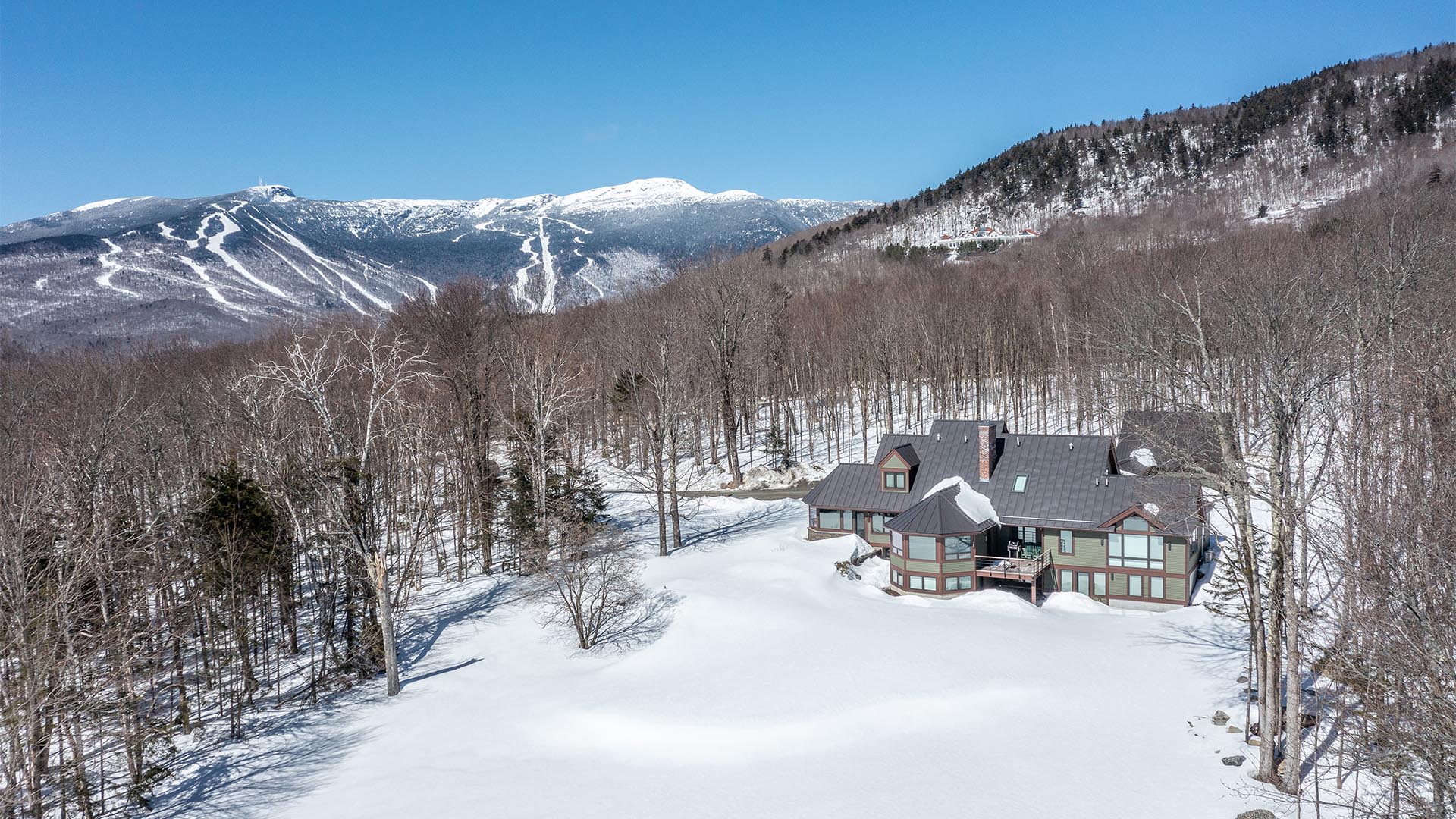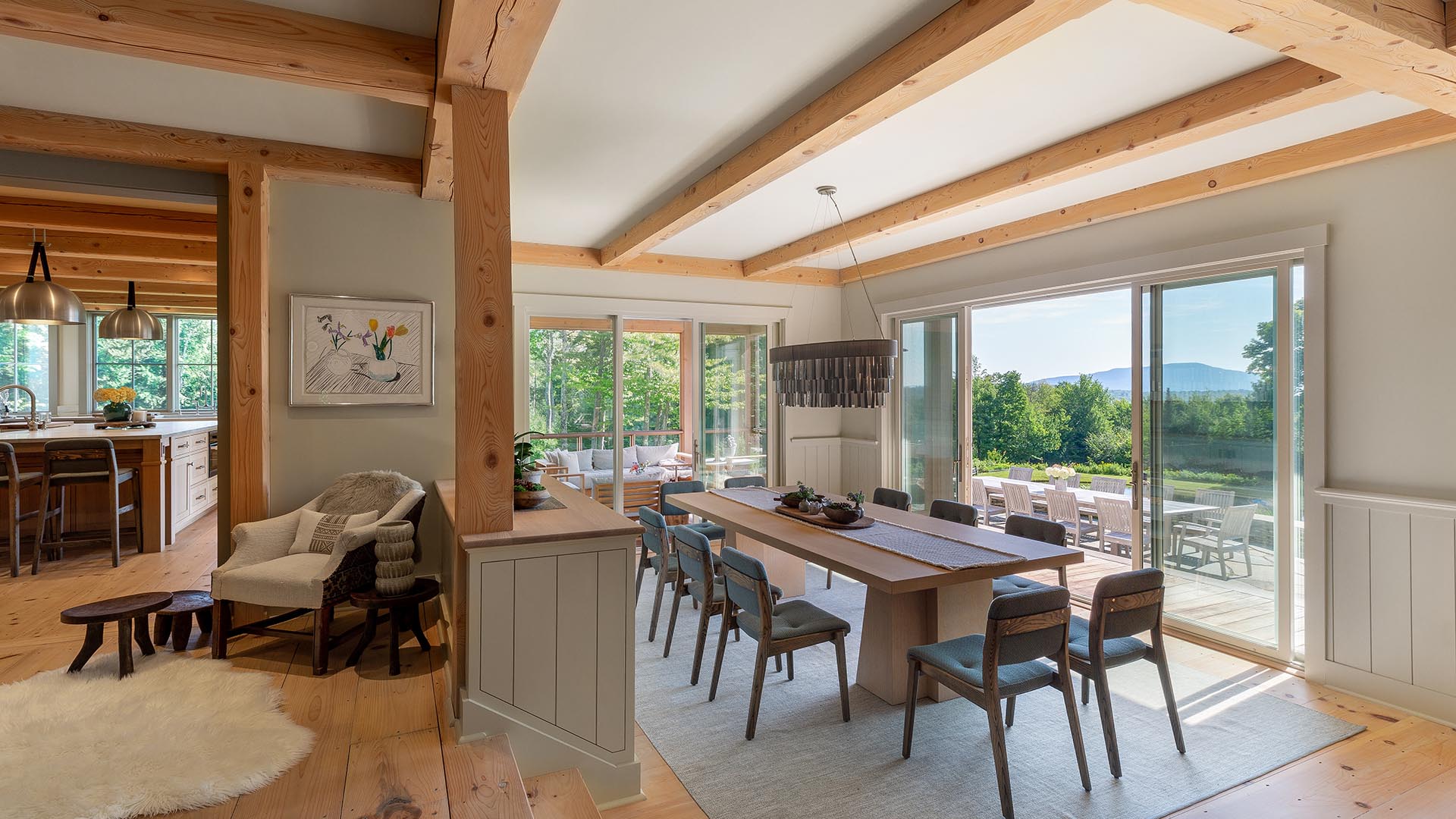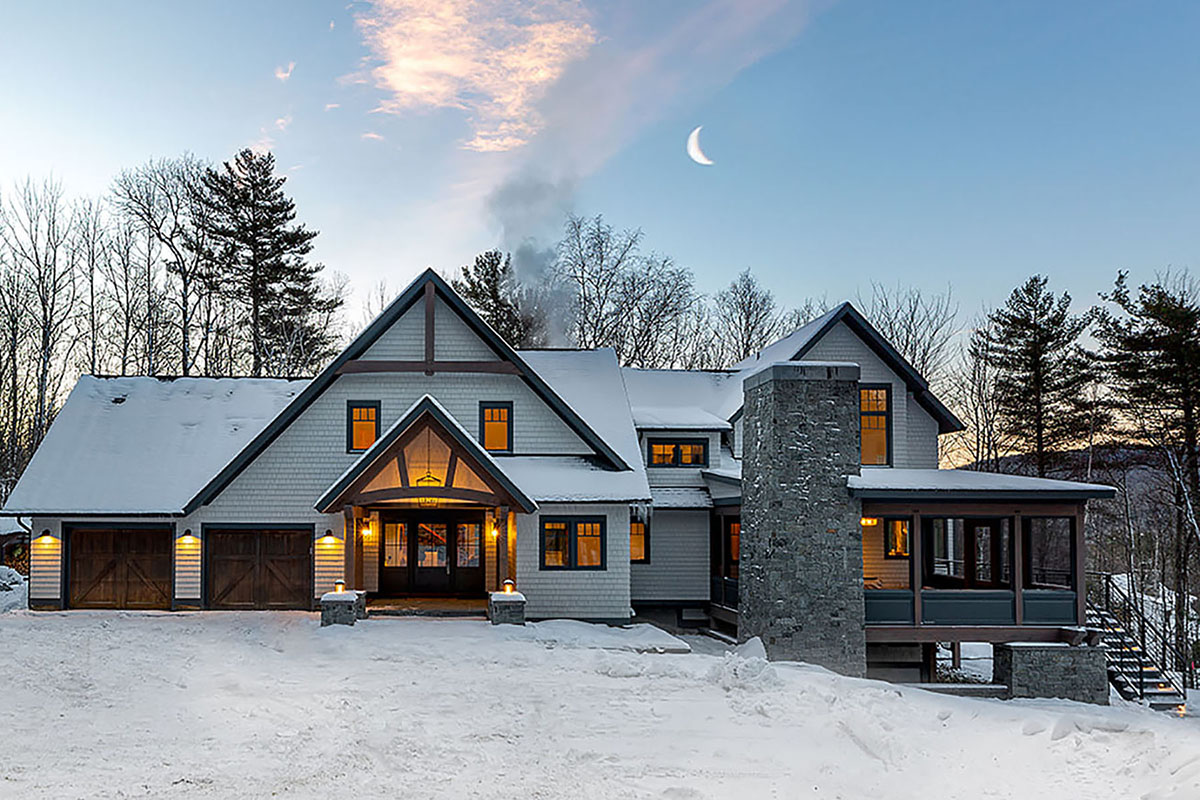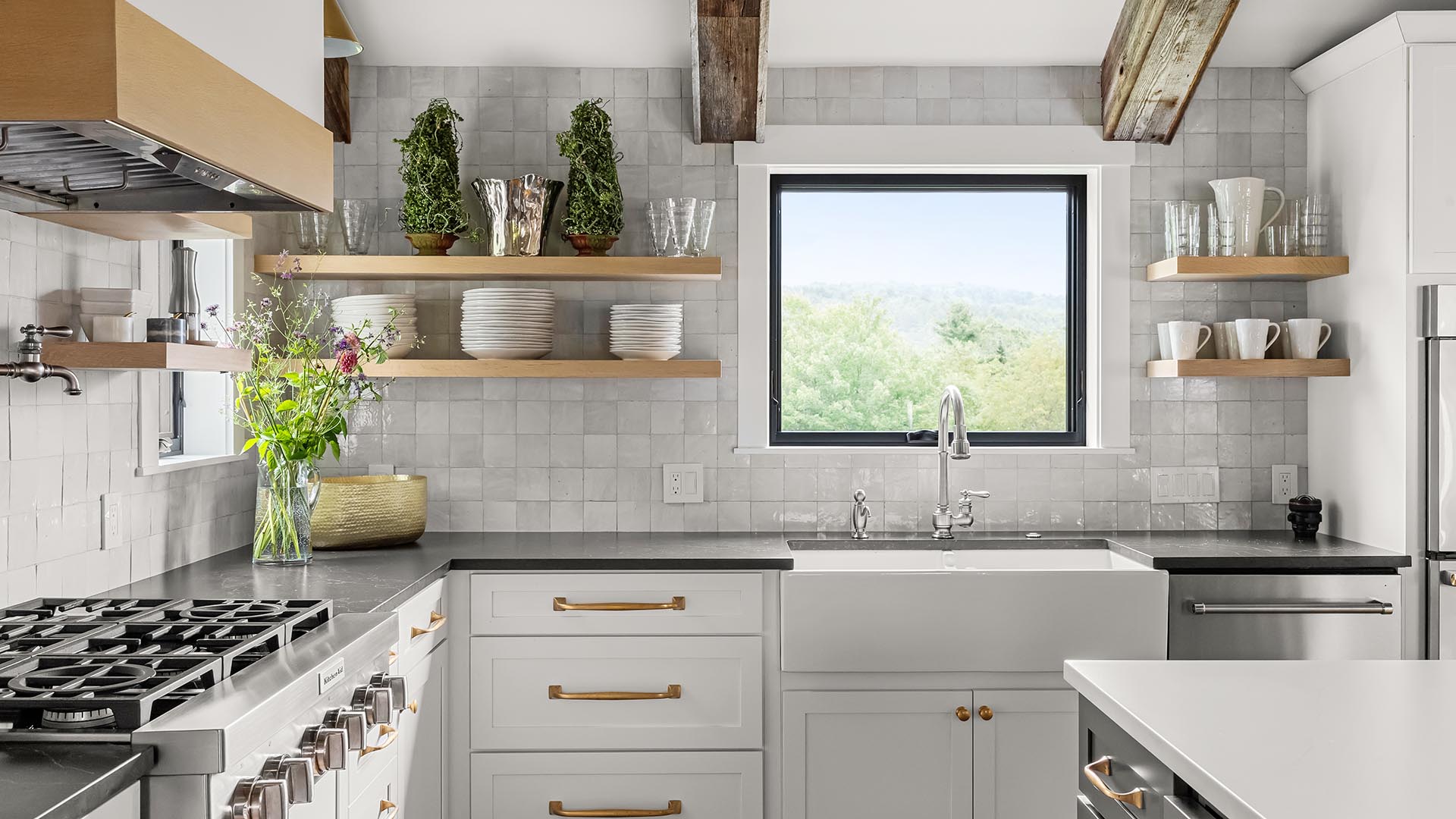Nick Sisler believes that air-source heat pump technology is the way of the future. Sisler, co-founder and engineer at Ekotrope, is one of a growing number of experts in the energy, building, heating, and environmental fields. “By allowing us to heat with clean renewal energy generated by photovoltaics, wind turbines, or a hydro plant, electric heating will be an important and necessary step in cutting greenhouse gas emissions,” Sisler says.
Mike D’Muhala, energy division manager at Sisler Builders, is also on board with heat pump technology. Hearing him explain concepts like heat of vaporization, coefficient of performance, compression, joules, and absolute zero makes you wish you’d paid more attention in physics class. Even when the explanation is put in simple terms (“just an air conditioner running backwards” and “the same technology as a refrigerator”), it still feels like there must be magic involved in heating a home by extracting heat from cold outside air, even when it’s below zero.
Whether it’s physical or mystical, it’s economical: newer heat pump technology can provide much lower cost heating, cooling, short payback of investment, and lower carbon emissions.
A primer on heat pump technology
The Second Law of Thermodynamics shows that when two things of different temperatures approach each other, the hot thing cools and the cold thing heats up. This natural law has been used for cooling for decades, most notably in the form of refrigerators and air conditioners.
Essentially, an air source heat pump takes the heat out of ambient outside air (there is heat in outside air, even when it’s well below zero) by passing a chemical refrigerant though coils outside. As the liquid refrigerant heats, it becomes a vapor (just like boiling water). This hot vapor is then forced through a compressor (using electricity) to further raise its temperature. It is then pumped through coils inside the home, where the heat is released. As the vapor cools (releases its heat) it condenses back into liquid refrigerant, and the cycle repeats itself.
What’s new in heat pump technology?
For some time, ground source (geothermal) heat pumps have been transferring the nearly constant temperature of the earth into dwellings to heat and/or cool them. Often, though, installation costs for these systems can be high. In warmer climates, air source heat pumps have also been used effectively.
Now, thanks to technology improvements, better (and more environmentally benign) refrigerants, and – ironically – relatively low electricity prices, air source heat pumps are invading Vermont. In 2014, the Vermont legislature passed a bill that will have the state’s efficiency utility, Efficiency Vermont, consider reversing its traditional mission of reducing electricity consumption. As they state, “. . . in some instances, there is a strong economic and environmental case to be made for using more electricity, not less. Take the case of a modern air source heat pump. This efficient technology can help to heat a home at one-half to one-third the cost of heating systems that use propane or heating oil, while also providing significant greenhouse gas benefits.”
The benefits of air source heat pumps sometimes seem too good to be true. By one measure, called the Coefficient of Performance, air source heat pumps can provide three to five times more heat energy than they consume in electricity. Some heat pump evangelists are predicting that this efficiency will increase to 10 or more, and could revolutionize our energy future. Heat pumps also need not be just air-to-air. Air source systems are also able to heat domestic hot water, and may even integrate with or supplement traditional forced hot water heating systems. There is at least one electric utility in Vermont (Green Mountain Power) that, along with Efficiency Vermont, recognizes the value of heat pumps and is offering incentives or special rates to save even more money.
There are drawbacks, of course. Current heat pumps may not provide a whole-home heating solution. A drafty house also lowers the benefits. Performance declines as the temperature drops, and another heat source is needed for cold Vermont winters. Also, if electricity prices should increase dramatically, the economics would become less appealing.
Sisler Builders is embracing air source heat pumps, as they may fit within a custom home, and especially within their energy division. Mike D’Muhala is using his expertise and magic in providing efficiency audits and retrofits, and is including heat pump technology in the alchemy.






